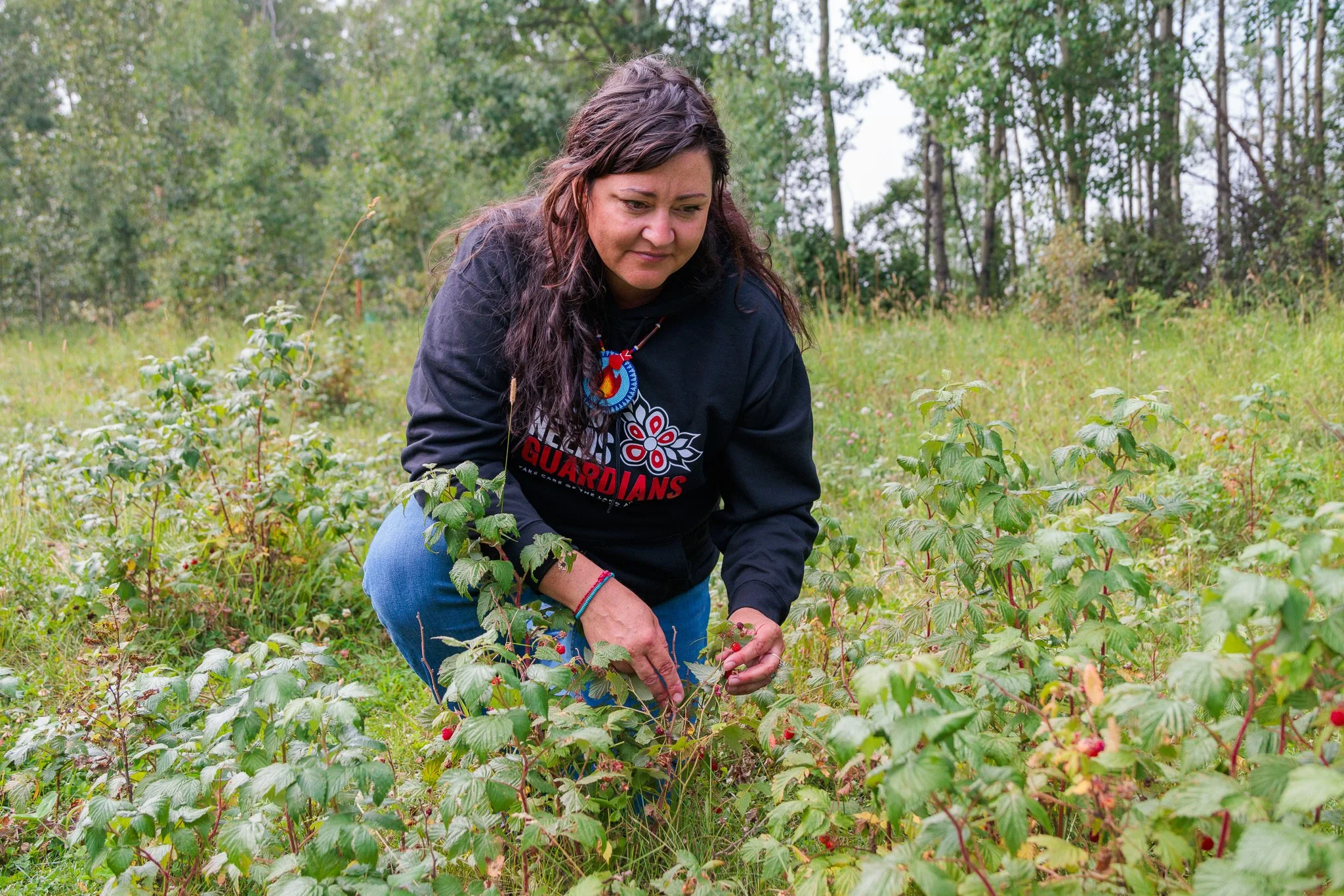
With millions of hectares of pristine landscape and thousands of kilometres of undammed waterways, the Boreal Forest is the launchpad for some of the world’s greatest movements of wildlife. Credit: Boreal Songbird Initiative

Many of these species have lost much of their range in North America and are left with island remnants of their habitat. But in the Boreal Forest, animals have the sweeping landscapes and fresh waters they need to find food, mate, raise young and flourish.
Because so much of the boreal remains whole, it offers incomparable protection and freedom of movement for wildlife. When caribou are about to give birth, for instance, they disperse throughout the boreal, often swimming to remote wooded islands or traveling to dense thickets in open peatlands. Scientists estimate caribou mothers need about 16 square kilometres of intact forest to raise their young and keep them safe from predators.
With millions of hectares of wild landscapes, the boreal is a launchpad for great migrations of wildlife. The George River and Leaf River Caribou Herds travel between 2,000 and 6,000 kilometres every year as they move from their boreal wintering areas to their tundra calving grounds. Both Atlantic and Pacific salmon maintain healthy populations in the boreal’s undammed rivers—even as they become extinct or endangered further south. And each year, 3 to 5 billion birds fly out of the boreal to their wintering ground in backyards and wild places across the United States, Mexico and beyond.
At a time when many animal migrations around the globe face dwindling habitat and other constraints, the boreal continues to provide wildlife room to roam.
Did you know?











